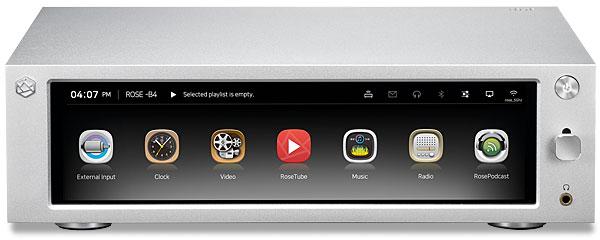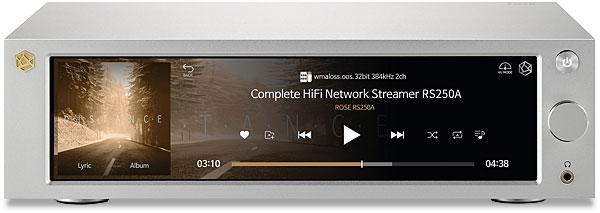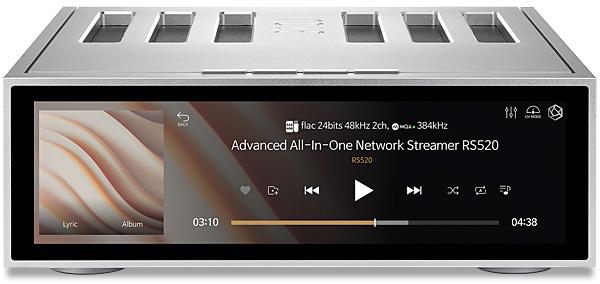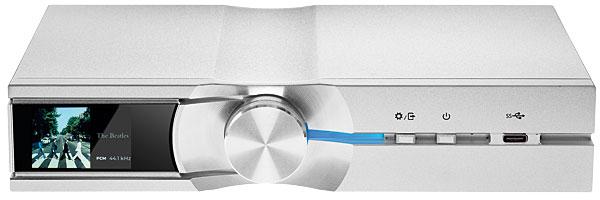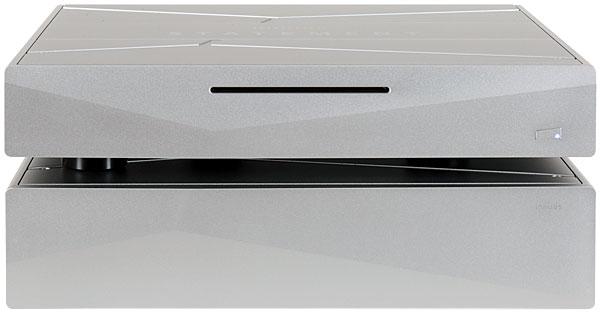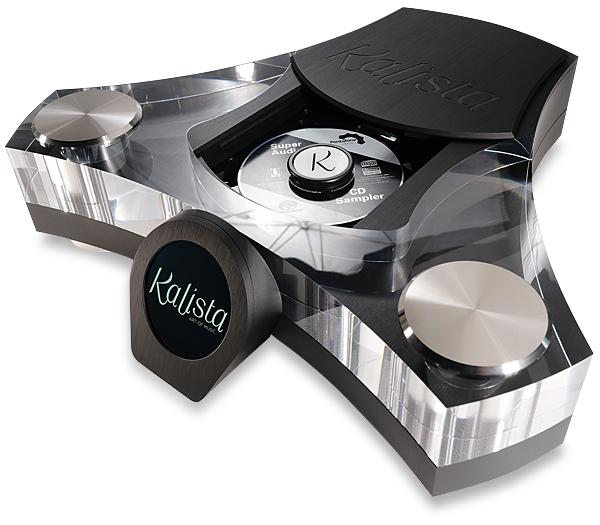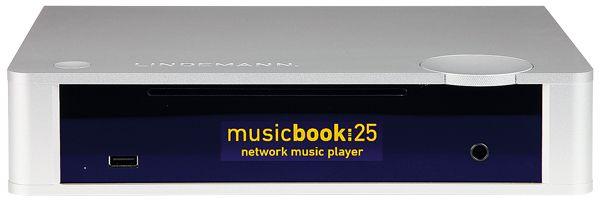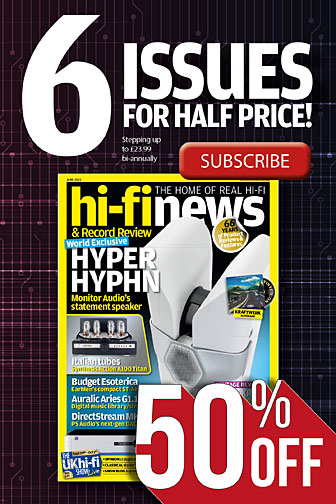Network Audio Players/Servers
Sort By: Post DateTitle Publish Date
|
Oct 16, 2019
|
Apr 23, 2025 |
First Published: Oct 01, 2024
|
Nov 24, 2023
|
Nov 16, 2020
|
Oct 01, 2018
|
Nov 02, 2023
|
Jul 13, 2021
|
Apr 25, 2022
|
Mar 28, 2023
|
Feb 09, 2023
|
Apr 26, 2023
|
Jun 09, 2022
|
Jan 13, 2015
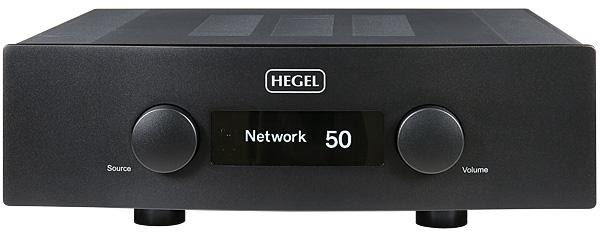
 A little over half the price of the mighty H590 amp, in a slimmer design and with very similar facilities and output, this new arrival from Norway is a sure-fire bargain
A little over half the price of the mighty H590 amp, in a slimmer design and with very similar facilities and output, this new arrival from Norway is a sure-fire bargain
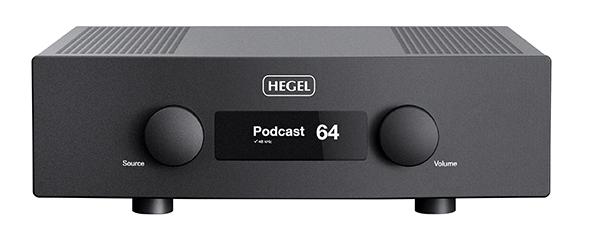
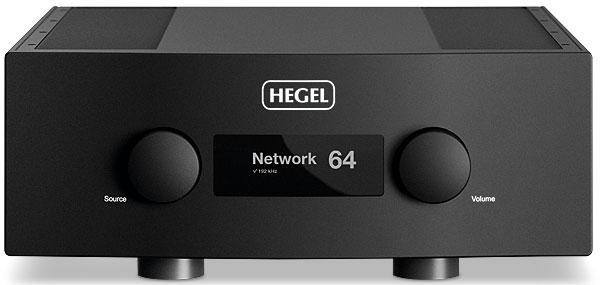

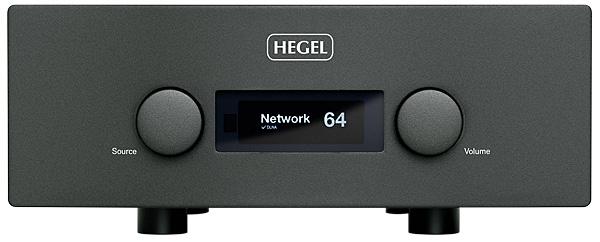
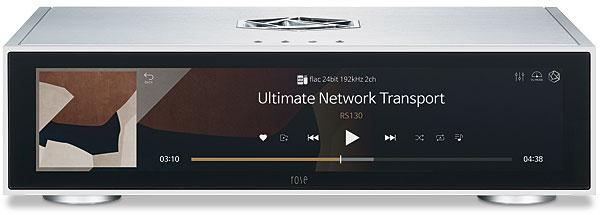
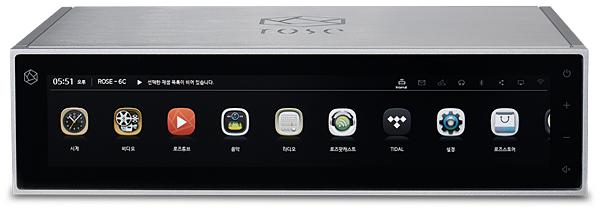
 Powered by in-house hardware and software engineering from Korea's Citech group, the HiFi Rose brand combines slick visuals with the promise of state-of-the-art sound
Powered by in-house hardware and software engineering from Korea's Citech group, the HiFi Rose brand combines slick visuals with the promise of state-of-the-art sound
